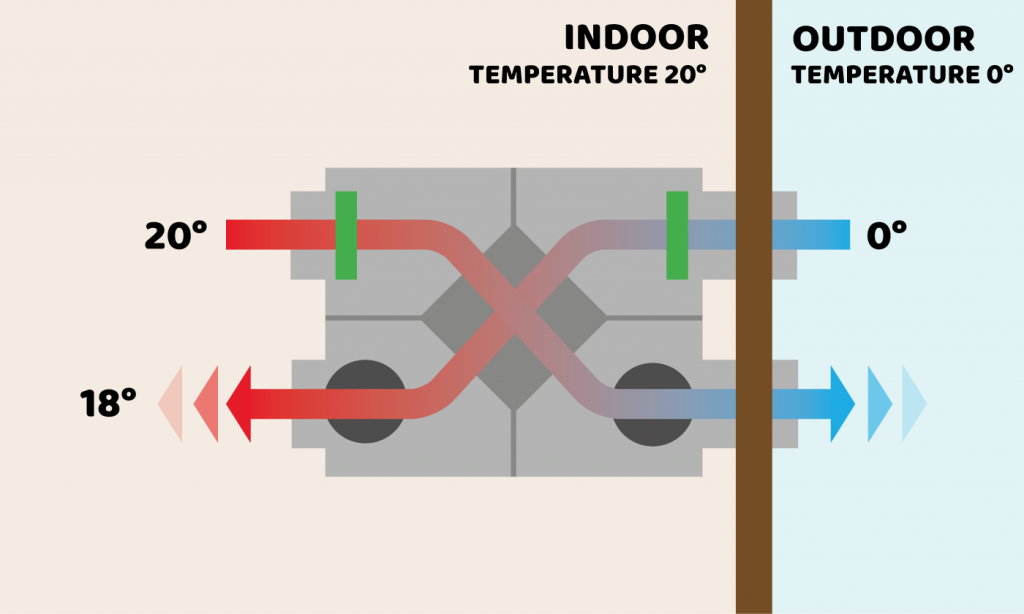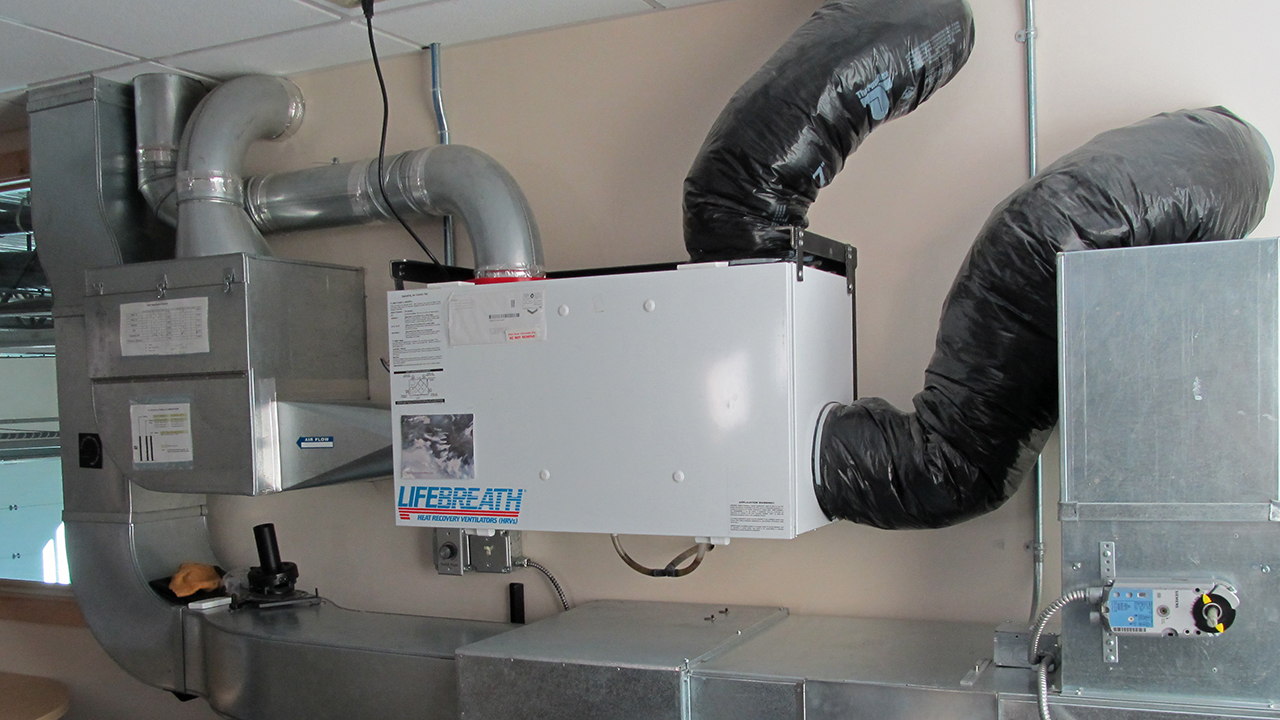The All-Inclusive Guide to the Uses of Heat Recovery Ventilation in Modern Structures
Heat Recovery Ventilation (HRV) systems represent a considerable development in developing innovation (HRV Heat Recovery Ventilation). They supply a method for trading stagnant interior air with fresh outside air while reducing power loss. This strategy not only boosts indoor air top quality however also adds to energy performance in both property and commercial structures. Comprehending the various applications and benefits of HRV can disclose its vital duty in contemporary layout and sustainability efforts. The ramifications of this modern technology deserve checking out even more
Comprehending Heat Recovery Ventilation Equipments

Although lots of modern structures prioritize energy performance, understanding heat recuperation ventilation (HRV) systems is important for maximizing indoor air high quality and lowering power consumption. HRV systems function by moving warm from stagnant interior air to inbound fresh air, effectively maintaining comfortable indoor temperatures while lessening power loss. These systems are composed of a heat exchanger, fans, and ductwork that help with the flow of air. During winter season, HRV units catch and reuse heat from the outgoing air, while in summer, they can help cool down inbound air. By continually trading air, HRV systems additionally decrease humidity and the concentration of interior toxins. Correct setup and maintenance of HRV systems are vital for their efficiency and effectiveness in boosting overall structure efficiency and convenience.
Advantages of Heat Recovery Ventilation
Heat recovery ventilation systems use many benefits that enhance both energy efficiency and interior air high quality in contemporary buildings. By capturing and reusing power from exhaust air, these systems significantly decrease heating and air conditioning expenses, causing lower power usage. Moreover, they maintain a steady flow of fresh outdoor air, reducing the risk of interior air toxins and irritants. This continual exchange assists regulate humidity degrees, stopping mold growth and making certain a much healthier living environment. In addition, HRV systems add to sustainability objectives by reducing total carbon footprints. Their capacity to optimize air flow without sacrificing thermal convenience makes them an important enhancement to contemporary structure layout, promoting both financial and environmental advantages.
Applications of HRV in Residential Buildings
As homeowners significantly prioritize energy performance and indoor air high quality, the applications of warmth recovery ventilation (HRV) systems in household buildings have actually come to be extra common. HRV systems are specifically useful in snugly secured homes, where preserving fresh air blood circulation is important for protecting against wetness buildup and interior contaminants. They effectively transfer heat from outbound stale air to incoming fresh air, lowering power prices related to heating and cooling. Furthermore, HRVs can improve convenience degrees by managing moisture and temperature level. They are also versatile for various domestic styles, including single-family homes and multi-unit image source buildings. Generally, incorporating HRV systems supports sustainable living methods while making certain a much healthier indoor environment for occupants.
HRV in Business and Industrial Settings
In business and commercial setups, the implementation of heat healing ventilation (HRV) systems has come to be progressively essential for maximizing power performance and keeping air top quality. These systems properly move warmth from exhaust air to inbound fresh air, lowering the demand for added home heating or air conditioning. This not just reduces energy costs but also contributes to sustainability campaigns. Industries such as production, warehousing, and office complex benefit significantly from HRV systems, as they help manage temperature and humidity degrees, making sure a comfortable and efficient atmosphere. HRV systems aid in removing pollutants and excess dampness, improving indoor air top quality. As laws around air quality end up being stricter, the fostering of HRV modern technology is likely to grow, making it a vital component of modern-day commercial and commercial infrastructure.
Future Fads in Heat Recovery Ventilation Modern Technology

Often Asked Concerns
Just How Does Heat Recovery Ventilation Influence Indoor Air Top Quality?
Heat recovery ventilation greatly enhances interior air top quality by continually trading stale indoor air with fresh outdoor air while recovering energy. This procedure reduces pollutants, maintains optimal moisture levels, and ensures a healthier atmosphere for passengers.
Can HRV Solutions Be Set Up in Existing Buildings?
HRV systems can certainly be set up in existing buildings. Retrofitting may call for modifications to ductwork and ventilation layouts, yet it substantially boosts power effectiveness and interior air quality, making it a sensible option for older frameworks.
What Maintenance Is Required for HRV Equipments?

Are There Specific Climates Where HRV Is Extra Reliable?
Heat recovery ventilation systems are especially effective in environments with considerable temperature distinctions between periods. These systems enhance energy efficiency by recouping warm from exhaust air, making them optimal for both cold and reasonably warm settings.
Exactly How Do HRV Systems Affect Power Bills?
